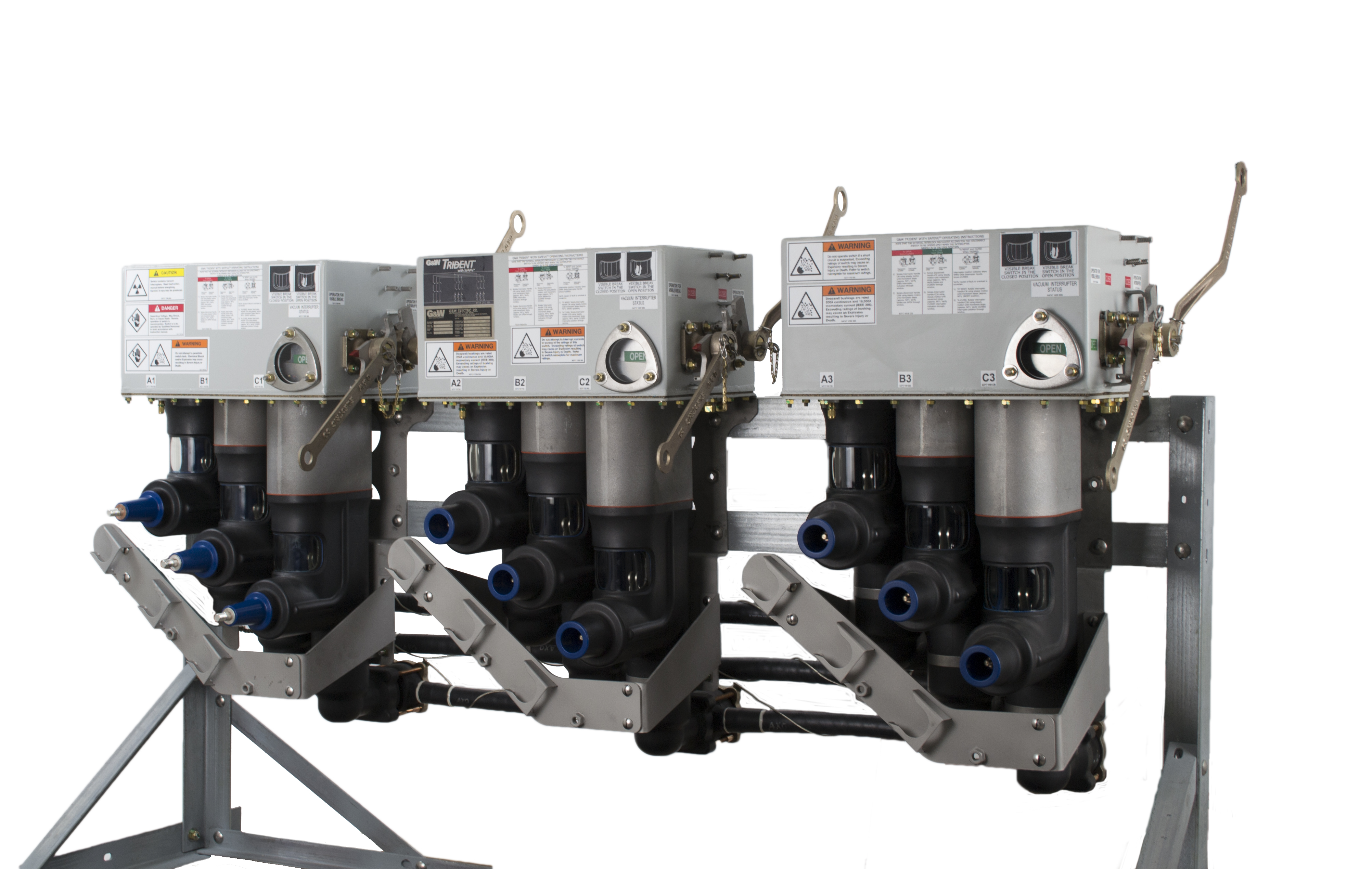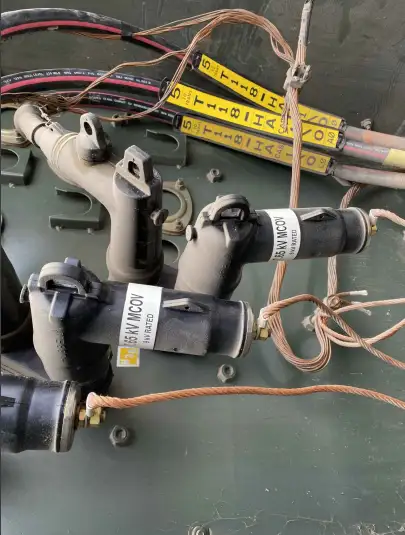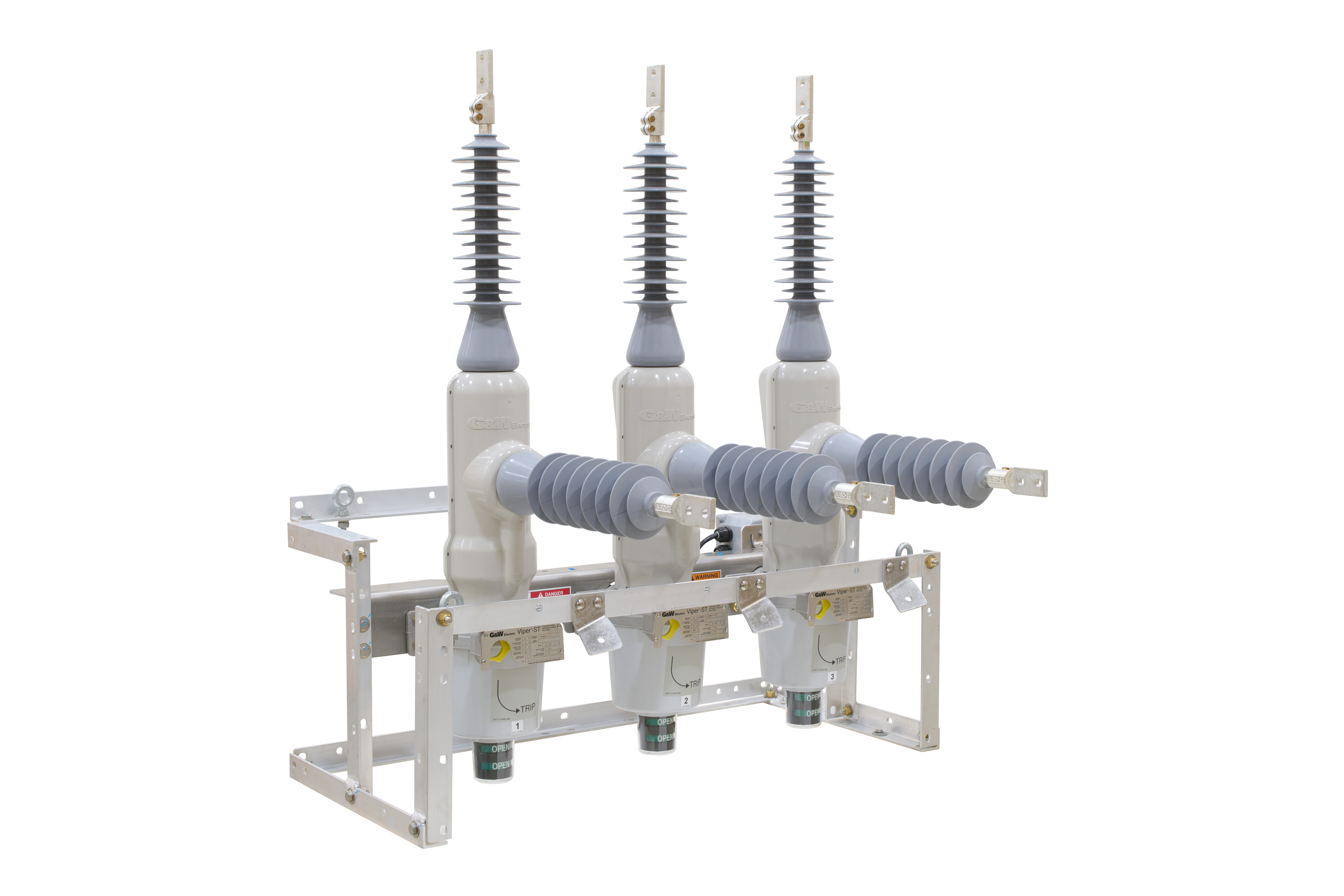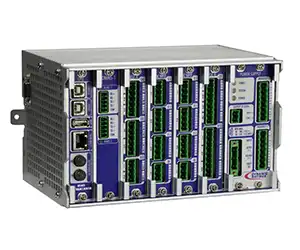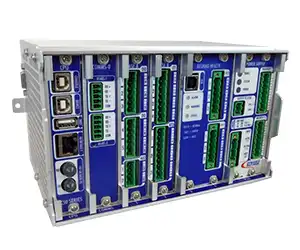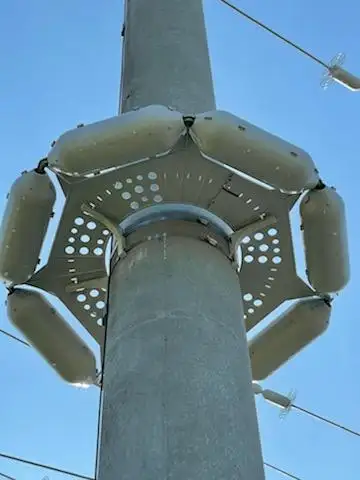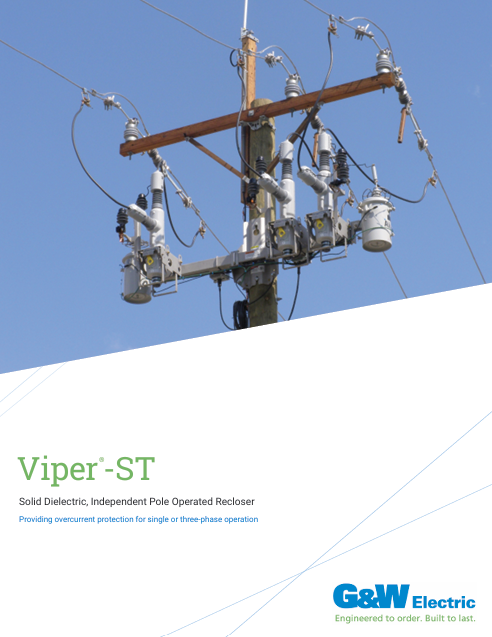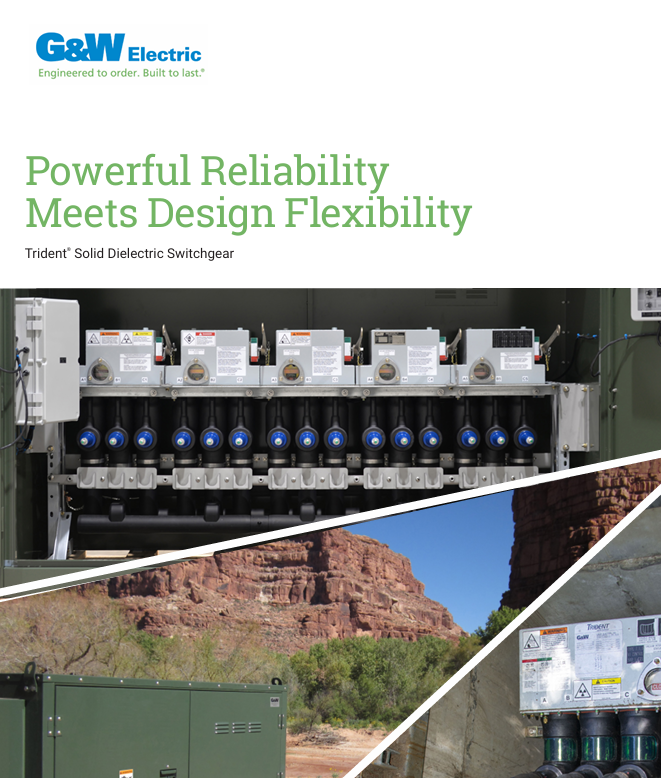What is Energy Storage?
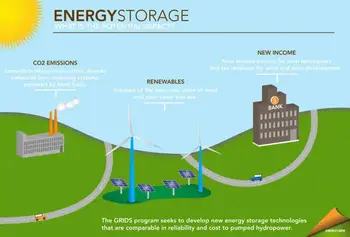
What is Energy Storage?
Energy storage (ES) is an essential component of the world's energy infrastructure, allowing for the effective management of energy supply and demand. It can be considered a battery, capable of storing energy until it is needed to power something, such as a home, an electric vehicle or an entire city. ES systems are designed to store energy in various forms, such as electrical, mechanical or thermal energy.
ES technology is constantly evolving and driven by the need for more efficient and effective solutions. By providing a more stable and efficient energy supply, ES can help to create a more sustainable energy future.
As the demand for renewable energy increases and we continue to transition away from fossil fuels, ES has become increasingly important. Unfortunately, renewable energy sources such as solar and wind are only sometimes available when needed, which can cause issues for power grids and lead to inefficient energy use. ES systems solve this problem by allowing excess energy to be captured when available and used when needed, providing a more stable energy supply.
Types of Energy Storage Systems
There are three types of ES: electrical, mechanical and thermal. Electrical storage is the most common, including technologies such as batteries, supercapacitors and flywheels. Mechanical storage includes systems like pumped hydro and compressed air ES, while thermal storage includes molten salt and ice storage. Each system has its advantages and disadvantages, but all are designed to store energy for later use.
Battery storage is one of the most widely used ES technologies. It involves using batteries, typically lithium-ion batteries, to store electrical energy. These batteries are commonly used in electric vehicles and can also be used in home ES systems, allowing homeowners to store excess solar power for later use.
Renewable energy sources like solar and wind are intermittent, meaning they are only sometimes available when needed. ES systems help integrate renewable energy sources into the power grid by storing excess energy when available and releasing it when needed. This makes it possible to supply power to the grid even when renewable sources are unavailable, providing a more stable energy supply.
Energy storage technologies have several advantages and disadvantages. One of the main advantages is that they allow for more efficient energy use, as excess energy can be stored and used when needed. They can also help to reduce the need for new power plants and can be used to provide backup power during outages. However, ES systems can be expensive and have a relatively short lifespan, making them less cost-effective than other forms of energy generation.
Energy storage systems capture energy from a source and store it for later use. They can be designed to store electrical, mechanical or thermal energy. Energy is typically stored in batteries or devices that can release energy on demand. The design of ES systems can vary depending on the intended use, with some systems designed for large-scale use and others designed for use in homes or electric vehicles.
The current and future trends in ES technology are focused on improving energy density, lifespan and cost-effectiveness. Lithium-ion batteries are currently the most popular form of ES, but other technologies like flow batteries are also being developed. In addition, using renewable energy sources also drives innovation in ES technology, creating a need for more efficient and effective ES solutions.
The role of ES in the smart grid and energy management systems is to provide a more stable energy supply and help manage supply and demand. Smart grids
Smart grids
Smart grids are an important part of energy management systems and can help balance energy supply and demand. They allow for integrating renewable energy sources and provide real-time information about energy use, making it easier to manage energy demand. In addition, ES systems can be integrated into smart grids to provide a more stable supply of energy, reducing the need for new infrastructure and making energy use more efficient.
Pumped hydro storage
Pumped hydro storage is one of the oldest and most established ES technologies. It involves the use of water to store and release energy. First, water is pumped to a higher elevation during excess energy production, storing potential energy. Then, when energy is needed, the water is released, generating electricity as it flows down to a lower elevation. This technology is widely used and is particularly effective for large-scale ES.
Flywheel energy storage
Flywheel ES is another form of mechanical ES. It involves using a spinning wheel to store kinetic energy, which can be released when energy is needed. Flywheels can provide high-power output and have a long lifespan, making them well-suited for a range of applications.
Chemical energy storage
Chemical ES involves using chemical reactions to store and release energy. This technology is commonly used in batteries and fuel cells. Batteries store energy in chemical form and can release it as electrical energy, while fuel cells generate electricity from chemical reactions. These technologies have the advantage of storing energy for long periods and being used for a range of applications.
Compressed air energy storage
Compressed air ES involves using compressed air to store and release energy. The air is compressed and stored in a container during excess energy production. Then, when energy is needed, the compressed air is released and can be used to generate electricity. This technology is well-suited for large-scale ES and can store energy for long periods.
What do you mean by energy storage?
ES is the process of capturing and storing energy from a source for later use. It can be considered a battery, capable of storing energy until it is needed to power something, such as a home, an electric vehicle or an entire city.
What is energy storage, and how does it work?
Energy storage is the process of capturing and storing energy from a source for later use. The energy can be stored in various forms, such as electrical, mechanical or thermal energy. However, energy is typically stored in batteries or devices that can release energy on demand.
Where is energy storage?
Energy storage can be found in various locations, from small batteries in electronic devices to large-scale installations in power plants or ES facilities. ES is also used in electric vehicles, homes, and other locations where energy must be stored and used when needed.
What are the three types of energy storage?
The three main types of ES are electrical, mechanical, and thermal. Electrical storage includes technologies such as batteries, supercapacitors, and flywheels. Mechanical storage includes systems like pumped hydro and compressed air ES, while thermal storage includes molten salt and ice storage.
What is energy storage, and why is it important?
Energy storage is important because it provides a more stable energy supply, even when demand is high. In addition, it can be used to store excess energy when available, allowing it to be used during peak demand. This helps to prevent power outages and allows for more efficient energy use. ES can also help to reduce the need for new power plants, as it can be used to meet short-term demand without the need for new infrastructure.
What are the different types of energy storage?
The different types of ES include electrical, mechanical, and thermal storage. Electrical storage includes technologies such as batteries, supercapacitors, and flywheels. Mechanical storage includes systems like pumped hydro and compressed air ES, while thermal storage includes molten salt and ice storage.
How does energy storage help with the integration of renewable energy sources?
Renewable energy sources like solar and wind are intermittent, meaning they are only sometimes available when needed. ES systems help integrate renewable energy sources into the power grid by storing excess energy when available and releasing it when needed. This makes it possible to supply power to the grid even when renewable sources are unavailable, providing a more stable energy supply.
What are the advantages and disadvantages of energy storage systems?
The advantages of ES systems include more efficient energy use, a more stable supply of energy, and the ability to store excess energy when available. However, ES systems can be expensive and have a relatively short lifespan, making them less cost-effective than other forms of energy generation.
How do energy storage systems work, and how are they designed?
Energy storage systems capture energy from a source and store it for later use. They can be designed to store electrical, mechanical, or thermal energy. Energy is typically stored in batteries or devices that can release energy on demand. The design of ES systems can vary depending on the intended use, with some systems designed for large-scale use and others designed for use in homes or electric vehicles.
What are the current and future trends in energy storage technology?
The current and future trends in ES technology are focused on improving energy density, lifespan and cost-effectiveness. Lithium-ion batteries are currently the most popular form of ES, but other technologies like flow batteries are also being developed. In addition, using renewable energy sources also drives innovation in ES technology, creating a need for more efficient and effective energy storage solutions.
What is the role of energy storage in the smart grid and energy management systems?
The role of energy storage in the smart grid and energy management systems is to provide a more stable energy supply and help manage supply and demand. Smart grids are an important part of energy management systems and can help balance energy supply and demand. They allow for integrating renewable energy sources and provide real-time information about energy use, making it easier to manage energy demand. ES systems can be integrated into smart grids to provide a more stable supply of energy, reducing the need for new infrastructure and making energy use more efficient.
On-Site Training
Interested in cost effective, professional on-site electrical training?
We can present an Electrical Training Course to your electrical engineering and maintenance staff, on your premises, tailored to your specific equipment and requirements. Click on the link below to request a Free quotation.
EF PARTNER MEDIA
Product Showcases
Shared Media



